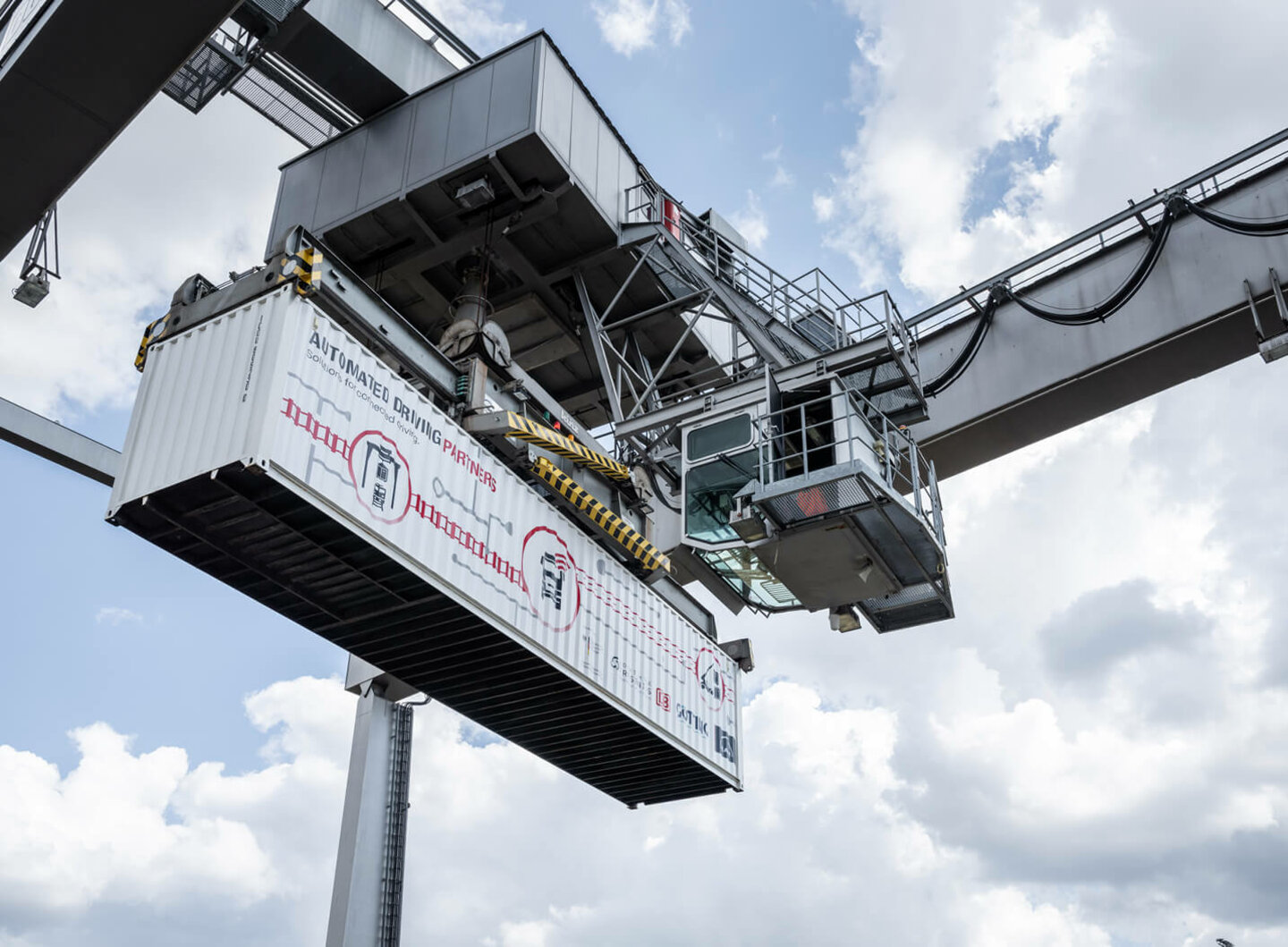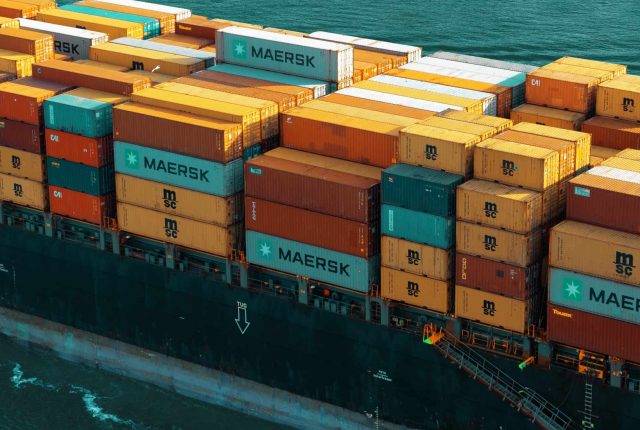
How to Deliver Your Land Cargo On-Time Despite Labor Shortages
While the biggest strain of the pandemic is letting up, the impact is still creating challenges for logistics companies. Labor shortages are disrupting supply chains, fuel prices are increasing, and capacity is tightening, leading to issues for manufacturers and shippers.
Though these challenges may be difficult to overcome, strategic planning can reduce the impact on the supply chain and shipping times.
Impact of Labor Shortages
According to a report from the Bureau of Labor Statistics, jobs are still falling short of projections. Only 266,000 jobs were added in April, compared to the one million projected jobs. Many of these shortages are in the manufacturing sector, leading to obstacles for domestic and global supply chains.
Innovation can fill some of these gaps, but that in itself creates different jobs. Without skilled workers to fill these spots, innovation can’t reach its fullest potential.
The ramifications of this ripple out into many industries. Employers have to increase wages to attract the right talent, and consequently have to increase the price of products to offset this. The demand for goods is still high, but without adequate staff to fill orders, the lead times are increased.
Businesses can’t attract talent without raising prices, yet can’t fulfill orders without adequate staffing. A business that can’t sell and fulfill orders can’t grow. Furthermore, even if they can get adequate staffing, they may struggle to get the products or raw materials they need.
Impact of Capacity
Capacity issues aren’t new for shippers, but they’ve become increasingly problematic in recent months as a consequence of labor shortage and a rising demand for materials and products. Driver shortages are also part of the overall labor shortage, so there are fewer drivers to ship products.
These challenges and disruptions can impact on-time delivery demands. As consumer demands for direct shipments increase, less-than-truckload (LTL) carriers and shippers have to adjust their distribution networks to handle order fulfillment from numerous locations. If not, the goods can be moved closer to the customers in a more distributed warehousing network.
LTL networks must be overhauled for improved efficiency and lower costs, all while maintaining exceptional customer service. Consumers have come to expect an elevated service level, including rapid order fulfillment, shipping, and delivery and last-mile delivery. LTL can help with these demands with small freight.
Adding to capacity, fuel prices are on a rapid upward trend. Carriers need to increase shipping prices to address the increased expense of moving products. These prices are expected to continue for some time, so it’s likely that the prices for goods will continue to rise along with them.
How to Address Challenges in the Supply Chain
The logistics industry is never without change. Adapting to the changing landscape of the industry and its new challenges and obstacles is important for businesses of all types. It’s also good for the supply chains to be composed of multiple moving parts.
So how can shippers and carriers improve efficiency and deliver excellent customer service amid increasing capacity, labor shortages, and price hikes?
Consolidate Shipments for Efficiency
LTL isn’t without its obstacles, but it offers opportunities for better and more affordable shipping. Freight consolidation is an excellent option for storing and shipping freight. A manageable supply chain is more efficient than creating a vast network of partner warehouses, shipments, and suppliers.
Shippers can consolidate suppliers or vendors to reduce the number of suppliers for sourcing and purchasing materials. This may be done numerically, by reducing the overall number of suppliers in the network, or regionally, by keeping the suppliers local. This allows for better relationships, more consistency, and more controlled risk.
Companies can also use a tailored combination of LTL and partial truckload (PTL) shipments to improve efficiency and offset shipping costs, all without sacrificing on-time deliveries. Fewer truckloads go out, and products are prioritized according to what needs to go out immediately vs. what can wait until the next available shipment.
If you can’t wait for full truckloads, PTL and LTL shipments can be cost-effective and reduces time associated with shipping. PTL keeps everything on a single trailer, while LTL shares space with goods from other businesses.
Consolidating warehouses also helps shippers maintain efficiency across their operations. Shipments that arrive or depart from a single location improves efficiency and makes coordination easier, while lower warehousing space reduces the costs and overhead. Like consolidating suppliers, consolidating warehouses allows for better quality and consistency, as well as strong relationships with partners.
Plan Routes and Shipping
Over-the-road freight may be too expensive, complicated, or time-consuming in the midst of the current supply chain issues. If that proves correct, shippers can consider other freight options like rail freight, which is slower but more cost-effective. Air freight is a good option for time-sensitive items, depending on the quantity and size. Using a mix of LTL, PTL, rail, and air freight as needed can create an agile, optimized route and pre-planning for one-time deliveries and fewer hiccups.
Build Strong Carrier Relationships
With carriers limited, shippers no longer have the competitive advantage. Shippers and carriers need to gain and build strong professional relationships that help each other succeed. Shippers can benefit from these relationships by finding freight opportunities as needed and negotiating according to their budgets.
With any of these options, it’s important to strike a balance between the resources needed and the benefits in reduced costs or time. Eliminating or reconfiguring aspects of the partner network, shipping process, or warehousing distribution may be beneficial, but not if it comes at the cost of customer service or overall operational efficiency.
Get Help from a Third-Party Logistics Provider
The supply chain challenges will no doubt test shippers and carriers for the foreseeable future, but a third-party logistics provider can help. A provider that utilizes advanced technology and innovative solutions to problems can help you deploy the best combination of warehousing and shipping options across a network of exceptional carriers. Consult with a third-party logistics provider to see how you can improve efficiency, reduce costs, and weather the changes to the industry while delivering for your customers.





Leave a Reply